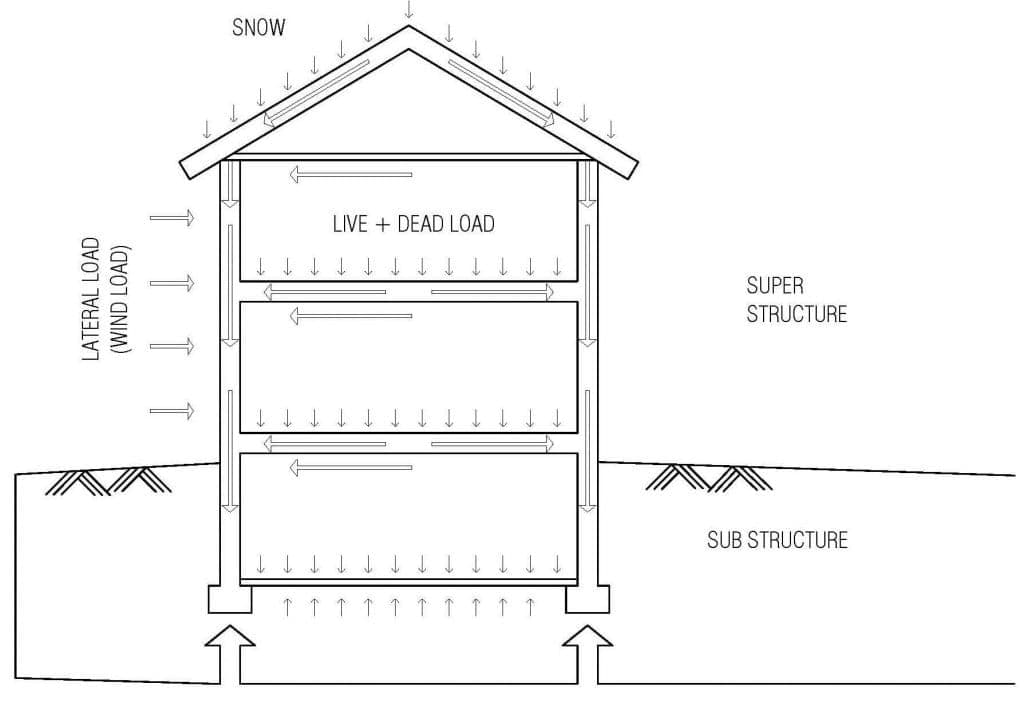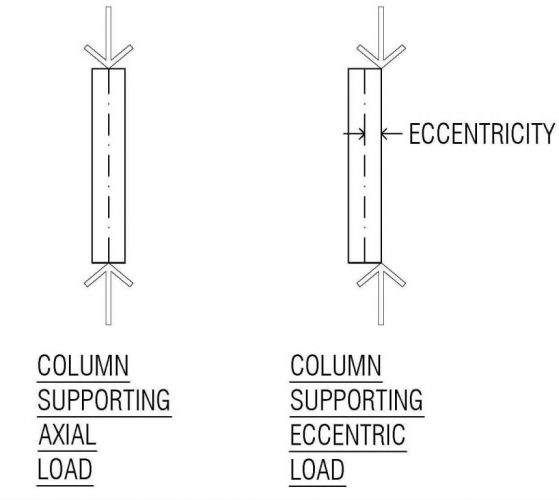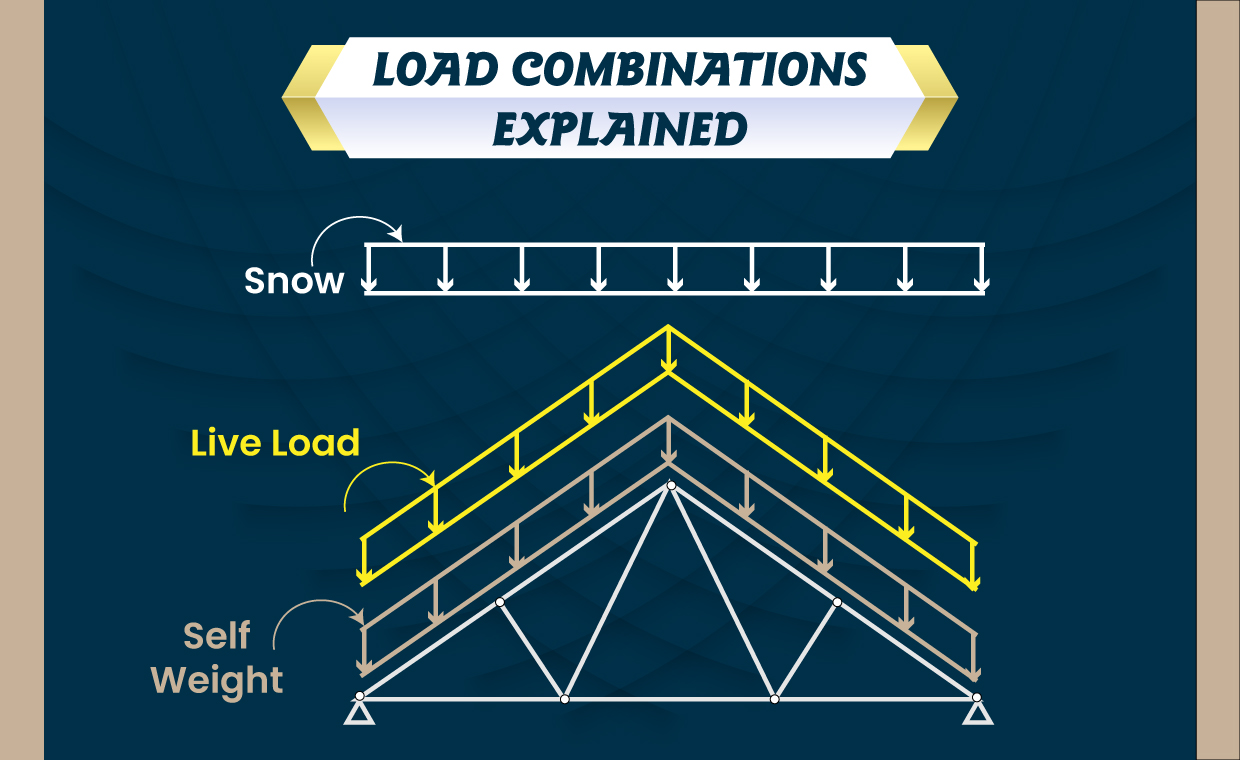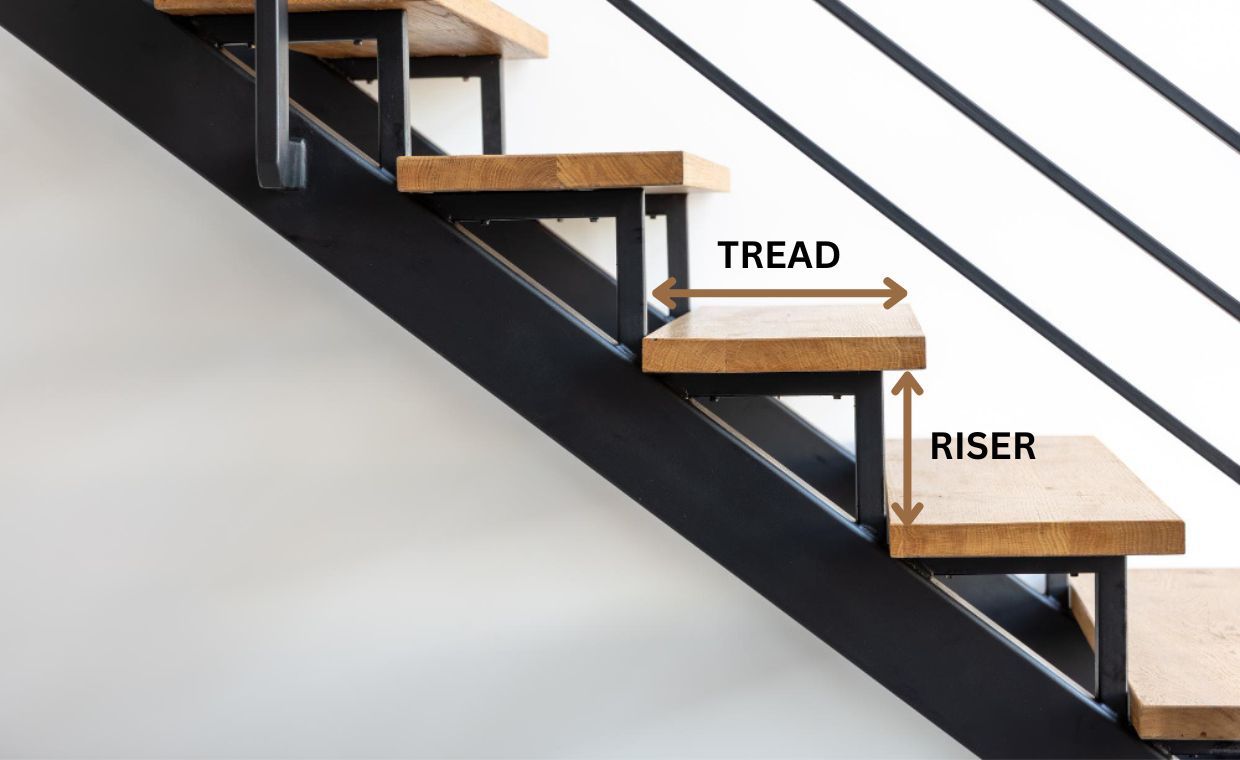
External forces that act on a structure are called loads. These loads cause stresses, displacement and deformation in structure.
These loads can be classified in different ways as below:
01. On basis of its nature
a) Dead load: These loads are permanent and remain in place throughout the life of structure. e.g. Self weight of structure.
b) Live load: These loads are not permanent and are movable throughout the life of structure. e.g.: Human beings, Furniture.
c) Wind load: These loads are applied by wind pressure on a structure.
d) Snow load: These loads are applied by accommodation of snow over the structure.
e) Seismic load: These are the loads which causes during an earthquake.
In industrial settings, managing pressure loads is critical, which is why high-quality pressure vessels play a crucial role in ensuring structural integrity under extreme conditions.

02. On basis of its fixidity:
a) Static load: These loads remain nearly constant with time. e.g.: Dead load, floor load.
b) Dynamic load: These loads don’t remain constant i.e. they vary with time. e.g.: Live load.
03. On basis of its area of application:
a) Distributed load: These loads are distributed equally or unequally over a particular surface length or area of a member. e.g.: Load form slab to beam.

b) Concentrated load: These loads are applied on a small contact area or at a point on a member. e.g.: Point load on beam

04. On basis of nature of application:
a) Axial load: The force whose resultant passes through the centroid of a section and is perpendicular to the plane of section.
b) Eccentric Load: The force whose resultant does not pass through the centroid of a section and is perpendicular to the plane of section.

c) Torsional load: The force whose resultant are at an offset from center of the section which is under consideration and are inclined or in plane of the section. So this loads leads to twisting moment in section.

Common Classification of Loads | |||
Nature | Fixidity | Area | Application |
| Dead | Static | Distributed | Axial |
| Live | Dynamic | Concentrated | Eccentric |
| Wind | Torsional | ||
| Snow | |||
| Seismic |
































